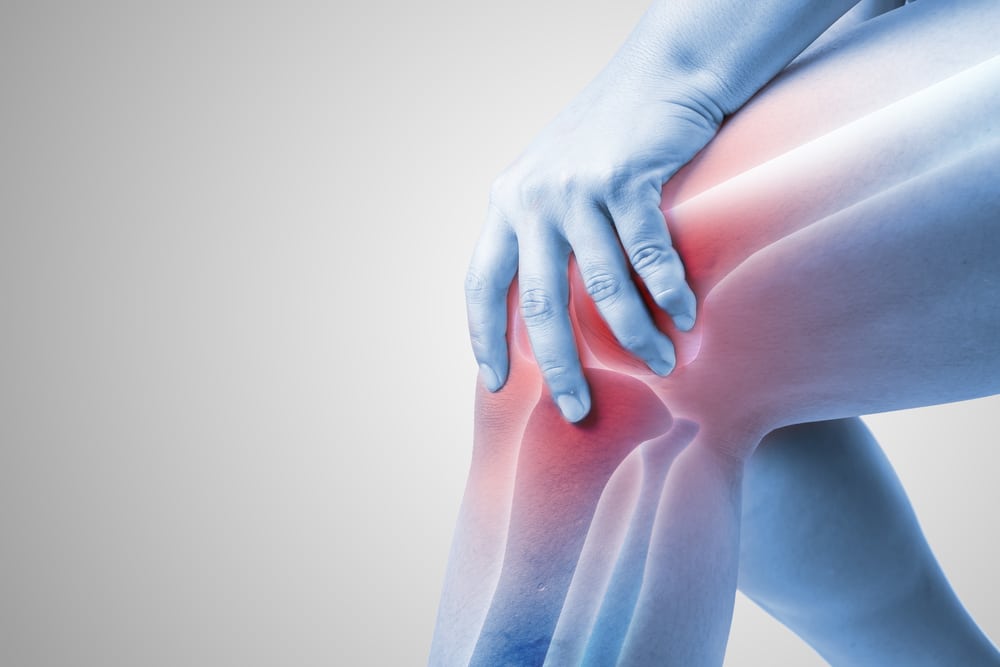Time to Rethink RICE? Part 2
By Paul Clement
RICE—rest, ice, compression and elevation—has been the most often recommended therapy for soft tissue injuries for more than forty years. However, the effectiveness and rationale for the “rest” and “ice” parts of RICE have increasingly been called into question. In part one of this two-part series, we looked at how using ice on a soft tissue injury not only slows the clotting process but may actually delay or prevent proper healing. Now we’ll look at why the “rest” part of RICE is also being questioned.

When you’re injured, the body responds with three sequential but overlapping phases of recovery:
1) inflammation [1 to 3 days];
2) repair [4-21 days]; and
3) remodeling [21 to 365 days or more].
Each phase must be successful, in order for the next phase to be successful. How does “rest” delay or prevent proper healing throughout these phases?
First, what does “rest” in the RICE protocol actually mean? Here, rest refers to immobilization (not moving) and non-weight bearing. So resting actually interferes with completion of both the inflammation phase and the repair phase of recovery!
After you’re injured, fluid and waste products produced by white blood cells accumulate around the damaged site. To remove this fluid, the body relies on lymphatic vessels (part of the lymphatic system). The lymphatic system has no heart, like the circulatory system, to pump fluid—it’s a passive, one-way mode of transportation that relies on the contraction of muscles, which in turn squeeze the lymph vessels, . If you rest a long time, you greatly reduce the movement of lymph fluid, which then allows an accumulation of waste products and excess swelling. Your damaged tissues will not recover well.
Resting (along with swelling and icing) also delays the repair phase. Resting decreases blood flow to the injured site. This delays the formation of new blood vessels that help rebuild tissues, which occurs in the remodeling phase. Stresses to the injury site which occur during movement also help collagen fibers align themselves correctly, so proper healing can occur. Resting also starves cartilage cells in joints of nutrients, because the synovial fluid in the joint which lubricates and nourishes the cartilage, requires movement of the joint to flow.
No one is advocating you walk on a sprained ankle. Rest is important, but in moderation. (Of course, in addition to “factoring up,” all serious injuries should be evaluated by your hematologist!) The key is early mobilization, to regain or maintain range of motion, prevent muscle atrophy, and stimulate the movement of lymphatic fluid. Even simple motions such as wiggling your toes (in the case of an ankle soft-tissue injury) or light stretching are beneficial. Your hemophilia treatment center physical therapist can help you establish an appropriate balance between rest, early mobilization, and weight-bearing. This will help prevent delayed healing and unwanted complications associated with immobilization, while simultaneously minimizing the risk of rebleeding.
And the good news is that elevation (above the heart, for lower extremity injuries) and light compression can both help in healing: elevation by using gravity to assist in the movement of lymph fluid and compression in preventing excessive swelling. So keep these parts of RICE in your treatment plan!


